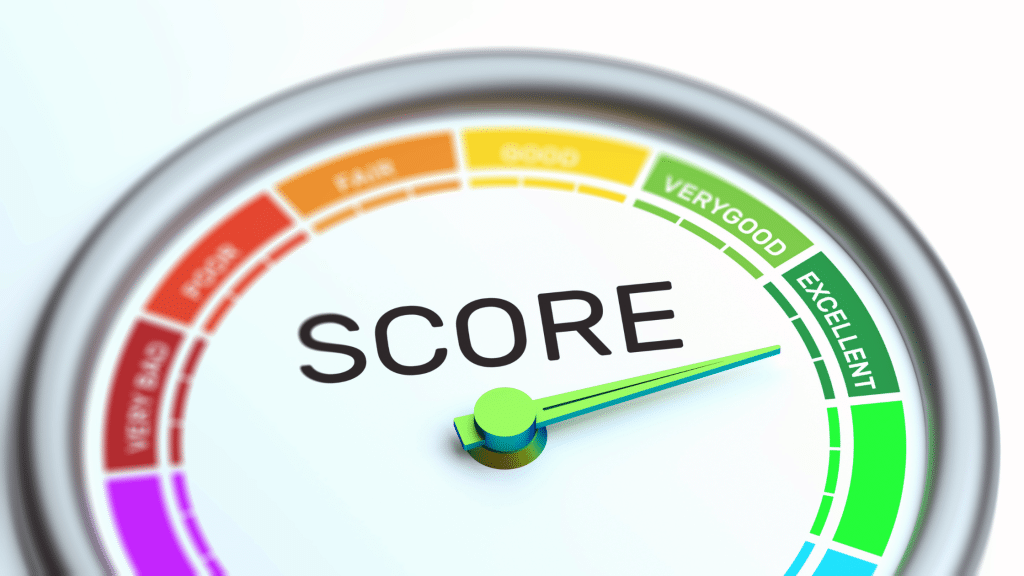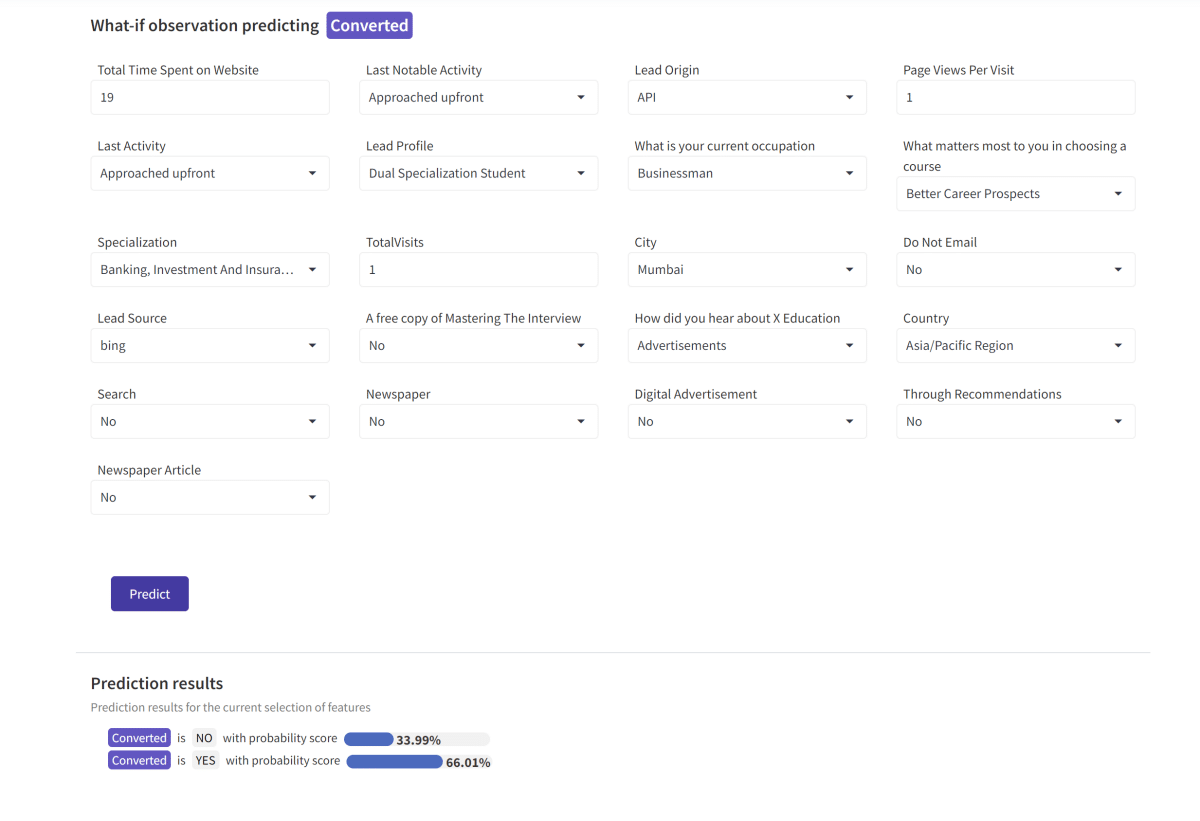Predictive Analytics Lead Scoring
How can predictive analytics help your business with lead scoring? Lead scoring is an important part of your sales strategies. Data and predictive analytics can play pivotal roles in shaping these strategies. In particular, predictive analytics can help you manage lead scoring. Predictive lead scoring helps your marketing and sales teams to optimize their processes. Predictive lead scoring helps you allocate resources to the leads most likely to result in a sale.
What is predictive analytics?
Predictive analytics is the use of historical and current data. Predictive analytics make predictions about the future. Predictive analytics uses statistical modeling, data mining, and machine learning algorithms. Predictive analytics helps you identify patterns in large datasets.
Redefining Lead Scoring with Predictive Analytics
What is traditional lead scoring?
Traditional lead scoring ranks leads based on their likelihood to convert into paying customers. This ranking helps you prioritize leads and guide sales efforts. The traditional approach often relies on manual scoring. Manual lead scoring can be time-consuming and, in some cases, inaccurate. Traditional lead scoring determines the quality of a lead for your business. This is based on specific lead scoring criteria. A score is manually assigned to the lead. This score is then used to determine whether or not that lead is qualified to make a purchase.
Image by the Author: traditional lead scoring
What is predictive analytics lead scoring?
Predictive analytics lead scoring assigns values to a lead’s actions in the sales funnel based on data and statistical models. Predictive lead scoring is a data-driven approach that helps you to identify hot prospects. A predictive lead scoring system helps you concentrate your sales efforts on leads who are most likely to convert.
Predictive analytics and machine learning
Predictive analytics and machine learning are far more effective to use as a lead scoring model. Predictive lead scoring software uses predictive modeling algorithms to analyze customer data. This lead scoring methodology then forecasts future customer journeys and outcomes. A predictive lead scoring model helps you optimize the process of scoring leads.
The advantage of predictive analytics in lead scoring
Predictive lead scoring models are now preferred. Predictive lead scoring works to improve overall conversion rates. Optimizing the lead scoring process helps you align your acquisition and sales objectives.
Quick and comprehensive lead scoring methods
Predictive analytics lead scoring is faster compared to manual lead scoring. You can use your predictive lead scoring system to quickly access customer insights. You can equip your sales team to focus their marketing efforts on the leads most likely to convert to customers.
Fewer errors
Predictive analytics lead scoring is based on historical customer data. You can gather this data from customer behavior, transaction history, and demographics. When you use predictive analytics lead scoring, your lead scoring becomes more accurate, with significantly fewer errors.
Focused marketing campaigns
Predictive analytics lead scoring enables you to create and run more focused ad campaigns and promotions. With more targeted campaigns, you can maximize your marketing and advertising budgets.
What data do I need for predictive analytics lead scoring?
You can create a predictive analytics lead scoring model using machine learning. You will need an appropriate, labeled dataset. Here are some examples of the types of data you’ll need to assign a lead score:
Customer profile data
Use customer profile data as a dataset for your predictive lead scoring systems. This dataset for your predictive model could include:
- Age.
- Job title.
- Industry.
- Location.
- Customer segment.
Account profile data
Customer account profile data could be useful to help your machine learning model identify qualified leads. Account profile data could include more information about your customer. This may include the size of their company, the industry it is in, and the account type. This is particularly important when you’re building a b2b lead scoring model.
Customer intent data
Customer intent data includes interests and activities that your customers and leads have revealed during their customer journey. This could include viewing specific products and services. This dataset for your machine learning model can help to measure your lead’s willingness to consent to marketing communications.
Customer engagement data
This dataset includes your leads’ and customers’ activities when interacting with your website or other platforms. Customer engagement data includes:
- Email marketing views.
- Click-throughs.
- Click-to-open (CTO) rates.
- Click-to-reply (CTR) rates.
- Website visits.
- Social media engagement.
- Form and survey responses.
- Product page views and downloads.
- Free or paid trial activations.
- Online event participation or attendance.
- Customer interactions.
Customer purchase data
Customer purchase data includes information on transactions and purchases. Looking at your existing customers, customer purchase data can include order values, purchase history, and purchase frequency.
Marketing and sales performance data
Your marketing and sales performance dataset highlights how successful your marketing efforts have been.
This data also includes how and where prospects were sourced. This could include: organic search, paid advertising, direct advertising, referrals, social media marketing, or email marketing. Using this dataset for your predictive lead scoring model helps you identify which channels work best for lead generation. Your data points also help you identify leads with higher scores, with the highest conversion potential. Marketing and sales performance data includes:
- The lead’s name.
- Demographic data (age, gender, job title, industry).
- Tags, comments, and posts made.
- Contact details (phone number, email address).
- Lead source (the channel through which the lead discovered the product or service).
- Time spent on the website.
- Number of clicks, emails sent, phone calls, trials, and demos.
Enhancing predictive analytics lead scoring with Graphite Note
Graphite Note helps you use predictive analytics to enhance the way your business assigns lead scores. Graphite Note is a no-code machine learning platform. Graphite Note uses binary machine learning classification, using two values in its algorithm: 1 for “converted” and 0 for “not converted”. Machine learning identifies the activities and interactions that resulted in a conversion. You can use this to identify hot leads. Hot leads are targets or leads that will potentially convert.
Once you know who your hot leads are, you can direct your marketing efforts towards these prospects. When you’ve uploaded a dataset to Graphite Note, you can create a no-code predictive analytics machine learning model. After building the model, you can use Graphite Note to discover new leads that are most likely to convert. You can also use Graphite Note to assess your marketing efforts and channels. This helps you refine your marketing efforts and focus on channels that bring in more qualified leads.
Streamlining lead scoring with machine learning
Manual lead scoring is a tedious and time-consuming task. Using predictive modeling algorithms saves you time and many more resources.
Predictive analytics in lead scoring
A predictive analytics lead scoring model helps you to analyze your customers. Whether you want to focus on retention, conversion, or engagement, machine learning can help. Predictive lead models help you analyze your target audience’s lifestyle, interests, and behavior. You can identify quality leads using predictive lead scoring models. This helps you focus your marketing campaigns on the right people. In turn, this leads to a better Return on Investment (ROI) for your business. ROI isn’t simply financial. Your predictive lead scoring also helps you build stronger customer relationships.
The future of lead scoring with predictive analytics
Predictive analytics changes the way your business conducts lead scoring. You get actionable insights that can significantly enhance your sales and conversion rates. Predictive models help you build better customer relationships. Using historical data, your predictive analytics model can help you refine every part of your customer service. Improve your lead conversion with predictive analytics. Use your predictive analytics lead scoring model, and you don’t need a data scientist to help.
Conclusion
Moving from traditional lead scoring and customer relationship management can be daunting. That’s why we’re committed to providing exceptional support and guidance as you explore the capabilities of predictive analytics lead scoring with Graphite Note. Our team of seasoned data scientists and industry experts are here to answer your questions and help you leverage the full potential of our platform.







